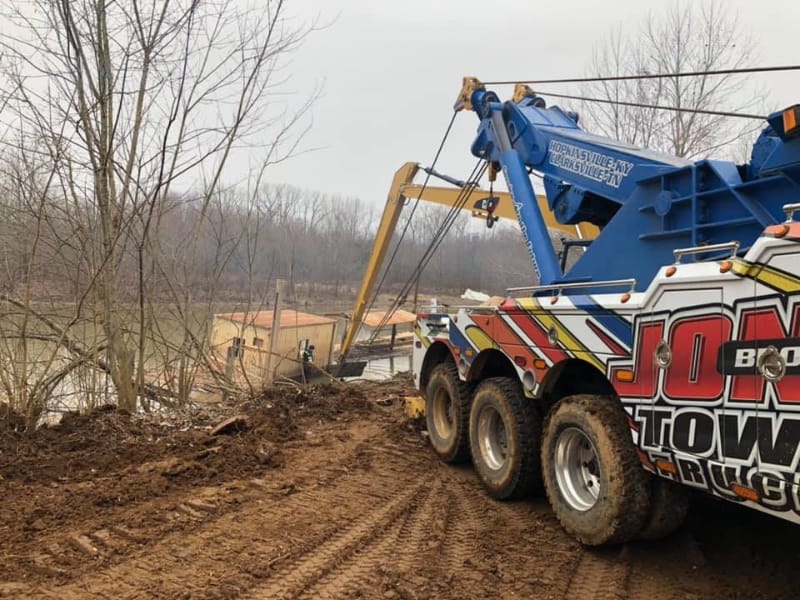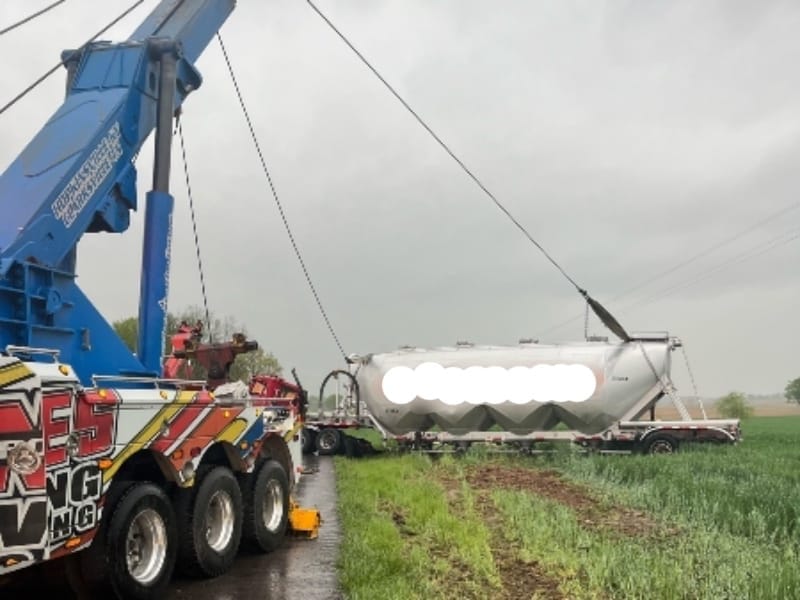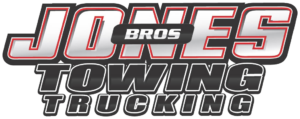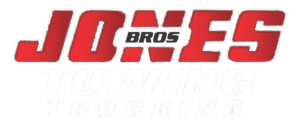Clearing the Way. One Pull at a Time
A semi-truck angled off the shoulder, a box truck wedged into a ditch, or a fully loaded trailer spun sideways on a gravel road. In these moments, we need to get these vehicles unstuck. But without making the problem worse. In these situations, winching is our go-to solution. It’s one of the most reliable ways our towing operators get vehicles back on track, and it plays a key role in any Hopkinsville heavy recovery job we undertake.

What Is Winching?
At its core, winching means using a mechanical cable system, usually powered by a hydraulic or electric motor, to pull a vehicle from a stuck position. It might sound simple, but using a winch correctly is anything but.
There’s more to winching than hooking up a cable and pressing a button. Weight distribution, anchor points, terrain type, and the angle of pull all matter. If we get one of those wrong, a simple job can go sideways fast—literally.
When We Use Winching in Heavy Recovery
Not every job needs a winch. But in heavy recovery, it’s one of our go-to tools. Here are the types of situations where winching is not just helpful—it’s necessary.
1. Off-Road Incidents
When a tractor-trailer rolls off the pavement into soft soil, loose gravel, or mud, driving it out is rarely an option. We use winching to gently guide the vehicle back to solid ground. If we’re lucky, we’ll only need a single line pull. If not, we’ll rig multiple lines and pulleys to handle the weight safely.
2. Jackknifed Trailers
A jackknifed combination of truck and trailer creates angles no vehicle is meant to endure. We often rely on winching to slowly realign both parts before they can move under their own power again. Rushing this can cause damage, so winching gives us the control we need.
3. Rollovers
Not every rollover is a full flip. Sometimes it’s a partial tilt, but even those need careful handling. Our winching systems allow us to stabilize a vehicle before tipping it upright—preventing additional damage during recovery.
4. Steep Terrain
Western Kentucky has more elevation change than people expect. A heavy truck on a slope, whether it slid or stalled, calls for careful winching to avoid sliding, flipping, or shifting the load. We anchor to strong points and inch it back to safety.
5. Urban Traps
Low-clearance parking lots, narrow alleys, and loading docks all have one thing in common: tight spaces. In these settings, winching helps maneuver large vehicles out without the risk of additional damage. It’s a surgical tool in a blunt-force world.
What We Consider Before Winching
Before we hook up a single cable, we step back and plan. Each situation calls for a different approach. We ask ourselves:
- What’s the weight and type of the vehicle?
- Is it loaded or empty?
- Is the load secure?
- What are we anchoring to?
- What’s the terrain beneath and around the vehicle?
Answering these questions helps us decide on the gear, the setup, and how much force to apply. That’s the part most people don’t see. But it’s critical to a clean Hopkinsville heavy recovery.

Hopkinsville heavy recovery: Jones Bros. Towing Will Get You Back on Track
At Jones Bros. Towing, we don’t treat winching like a one-size-fits-all tool. For Hopkinsville heavy recovery, every scenario brings new variables. Our Hopkinsville heavy recovery has pulled trucks from riverbanks, extracted dump trucks buried to the axles, and even uprighted tankers leaning on guardrails. In each case, winching wasn’t just part of the Hopkinsville heavy recovery process, but the backbone of it.
The next time you see a rig stuck deep in the mud or sprawled across a ditch, know this: our Hopkinsville heavy recovery team has got the right tools, the right team, and the right plan to pull it out safely. And more often than not, that plan starts with a winch.

